U.S. consumer spending saw a solid increase in July, signaling that the economy remained robust as the third quarter began. The Commerce Department reported a 0.5% rise in consumer spending last month, following a 0.3% increase in June, in line with economists' expectations. This growth in spending, which drives more than two-thirds of U.S. economic activity, suggests the economy is not on the brink of recession, despite concerns over a recent rise in the unemployment rate.
The report also showed that prices rose moderately, helping to curb inflation. The personal consumption expenditures (PCE) price index increased by 0.2% in July, maintaining the same rate as in June. Core inflation, which excludes food and energy, also rose by 0.2%, keeping the year-over-year increase at 2.6%. These figures align with the Federal Reserve's 2% inflation target, supporting the expectation of a rate cut.
Fed Chair Jerome Powell had hinted at an imminent rate cut due to labor market concerns, but the steady consumer spending and controlled inflation suggest that a large, half-percentage-point cut might not be necessary. Economist Conrad DeQuadros noted that the spending growth observed does not indicate a recession, diminishing the likelihood of a significant rate reduction.
Personal income also rose by 0.3% in July, and wages continued to grow, although at a slightly slower pace. However, the saving rate dropped to 2.9%, the lowest since June 2022, raising concerns among some economists that households might be depleting their savings to maintain spending, potentially jeopardizing future consumption.
The financial markets responded positively to the report, with Wall Street stocks trading higher and the dollar strengthening. The upcoming employment report for August, due next Friday, is expected to be crucial in determining the size of the Federal Reserve's rate cut in September.



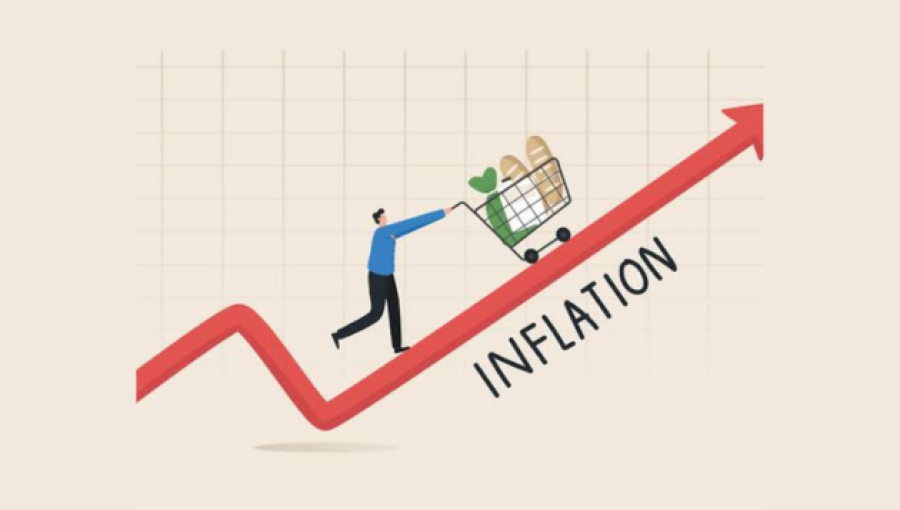
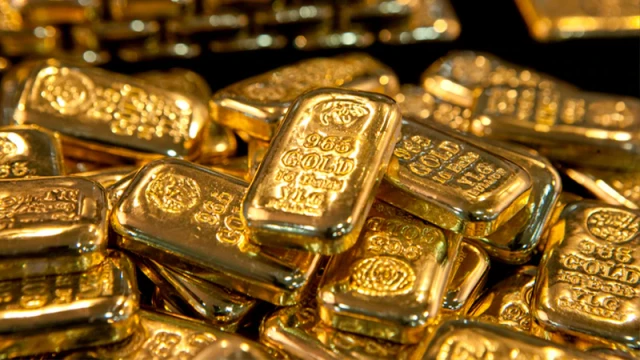
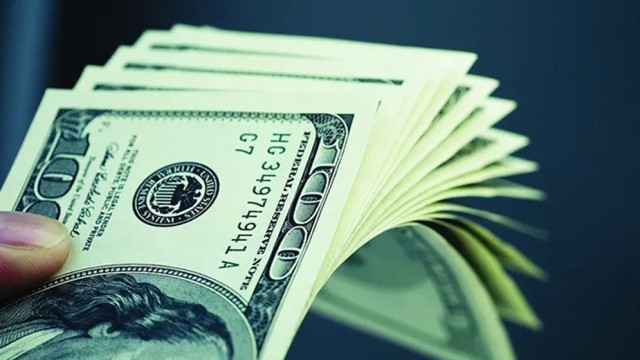

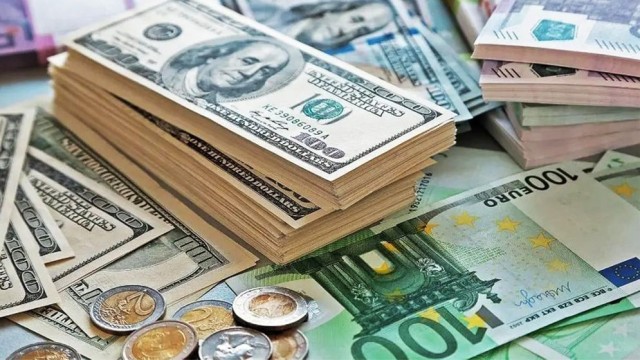
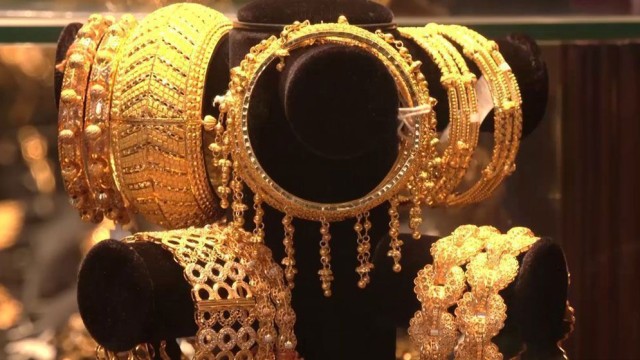
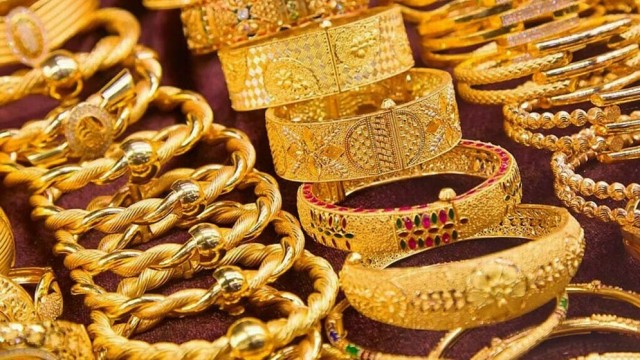
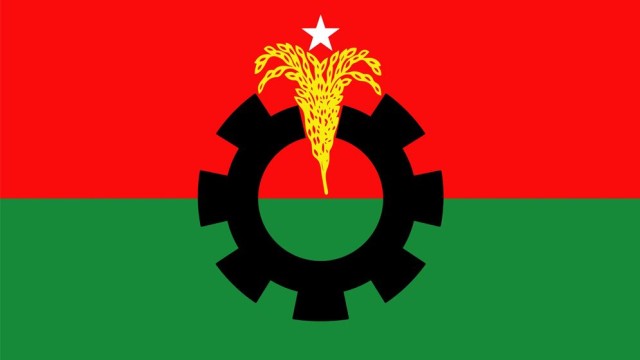



















Comment: